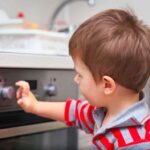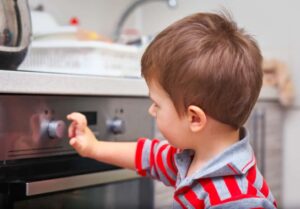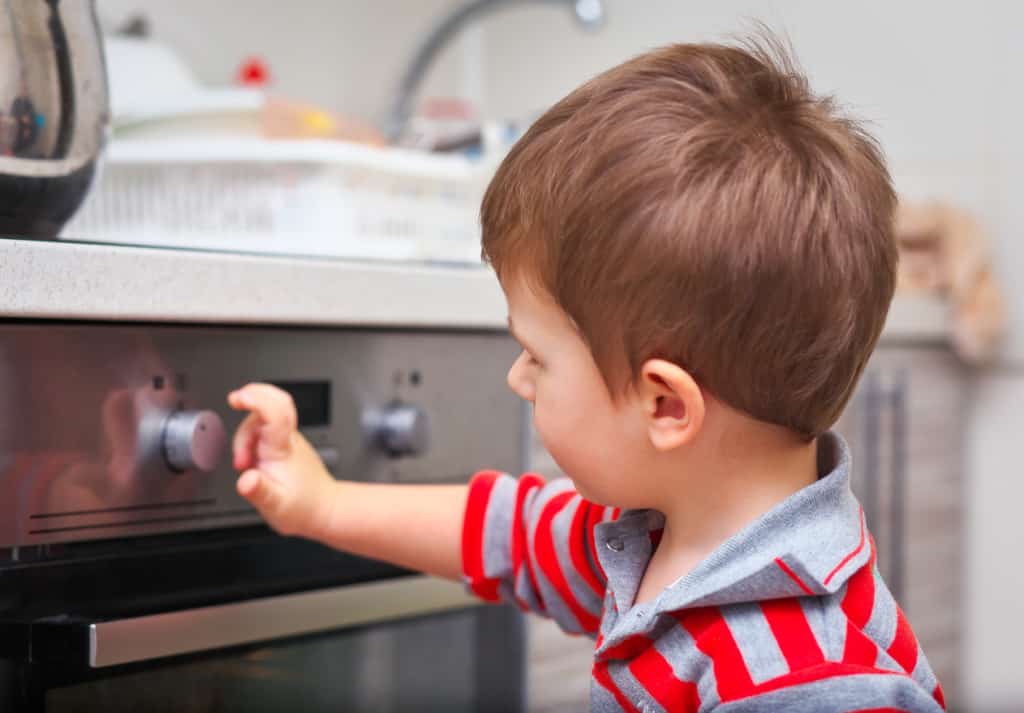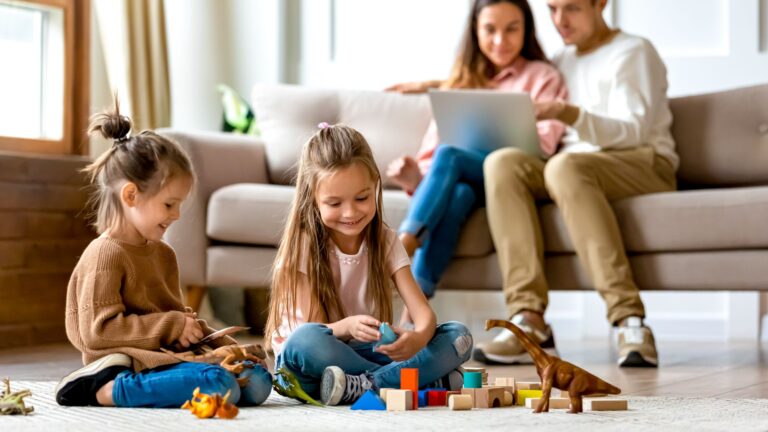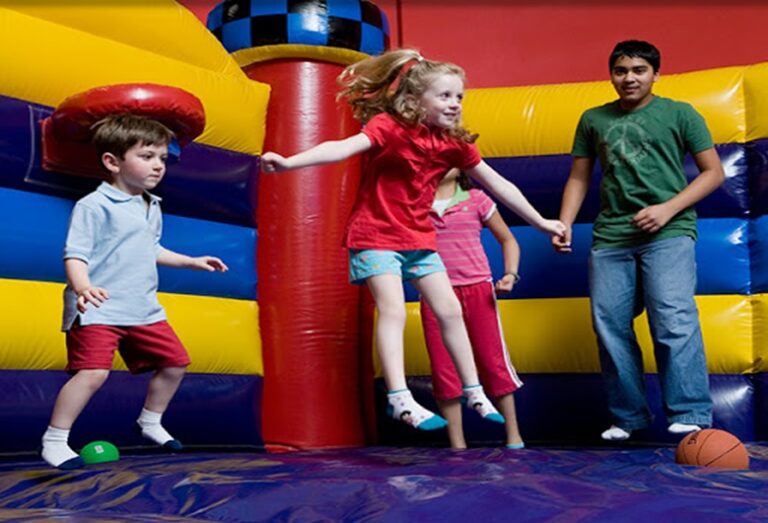Fire safety is a crucial aspect of childproofing a home. Children are naturally curious and may explore areas they shouldn’t or play with things they shouldn’t. This makes them particularly vulnerable to fire hazards. By taking proactive steps and educating your children, you can significantly reduce the risk of fire-related injuries and create a safer environment for your family.
1. Fire Escape Planning:
- Develop a Fire Escape Plan: Every family member, including young children, should know two ways to escape from every room in the house in case of a fire.
- Practice Fire Drills: Conduct regular fire drills at least twice a year, including at night and during different times of the day. These drills should simulate a real fire emergency, including crawling low to the ground to avoid smoke inhalation.
- Establish a Meeting Place: Designate a safe meeting place outside the home, such as a nearby tree or lamppost, where everyone can gather after escaping.
- Teach Children to Stop, Drop, and Roll: Instruct children on how to stop, drop, and roll if their clothes catch on fire.
2. Fire Prevention Measures:
- Install Smoke Alarms: Install smoke alarms on every level of your home, inside bedrooms, and outside sleeping areas. Test smoke alarms monthly and replace batteries at least once a year.
- Install Carbon Monoxide Detectors: Carbon monoxide is an odourless, colourless gas that can be deadly. Install carbon monoxide detectors in central locations of your home, such as near bedrooms and living areas.
- Keep Matches and Lighters Out of Reach: Store matches and lighters in a high, locked cabinet or drawer, well out of children’s reach.
- Never Leave Cooking Unattended: Never leave cooking food unattended on the stovetop. If you must leave the kitchen, even for a short time, turn off the stove or use a timer to remind you.
- Keep Flammable Materials Away from Heat Sources: Keep flammable materials such as paper, curtains, and clothing away from heat sources like stoves, fireplaces, and space heaters.
- Use Caution with Candles: Never leave burning candles unattended, and keep them away from children and pets. Use sturdy candle holders and place them on stable surfaces.
- Check Electrical Cords: Regularly inspect electrical cords for signs of wear and tear. Avoid overloading electrical outlets and avoid running cords under rugs or carpets.
- Be Careful with Space Heaters: Keep space heaters at least three feet away from anything flammable, such as furniture, bedding, and curtains. Never leave a space heater unattended or allow children to operate it.
- Teach Children About Fire Safety: Explain to your children the dangers of fire and what to do in case of an emergency. Use age-appropriate language and visuals to help them understand.
3. Kitchen Safety:
- Teach Children About Hot Surfaces: Explain to children that stoves and ovens are hot and can cause serious burns. Keep children away from the stovetop while cooking. Here are additional things to look for to prevent accidents in the kitchen and keep children safe at home.
- Use Pot Holders and Oven Mitts: Always use pot holders or oven mitts when handling hot pots, pans, and dishes.
- Turn Pot Handles Inward: When cooking on the stovetop, turn pot handles inward to prevent children from accidentally knocking them over.
- Keep Hot Beverages Out of Reach: Place hot beverages, such as coffee and tea, out of reach of children.
4. Fireplace Safety:
- Use a Fire Screen: Always use a sturdy fire screen in front of a fireplace to prevent sparks and embers from escaping.
- Never Leave a Fire Unattended: Never leave a burning fire in the fireplace unattended.
- Keep Children and Pets Away from the Fireplace: Keep children and pets at a safe distance from the fireplace.
5. Electrical Safety:
- Never Place Electrical Cords in Water: Never place electrical cords in water or allow them to come into contact with water.
- Unplug Appliances When Not in Use: Unplug appliances when not in use, especially electronics.
- Avoid Overloading Outlets: Avoid overloading electrical outlets, which can cause overheating and fire.
6. Emergency Preparedness:
- Have a Fire Extinguisher: Keep a fire extinguisher in an easily accessible location in your home and learn how to use it properly.
- Know Your Local Emergency Numbers: Make sure all family members know how to dial 911 or your local emergency number in case of a fire.
7. Educate Your Children:
- Use Age-Appropriate Language: Explain fire safety concepts to your children in a way they can understand, using age-appropriate language and visuals.
- Make Fire Safety Fun: Incorporate fire safety into games and activities to make learning more engaging.
- Read Books About Fire Safety: Read books and watch videos about fire safety with your children.
By implementing these fire safety measures and educating your children, you can create a safer home environment and reduce the risk of fire-related injuries. Remember, prevention is key.
